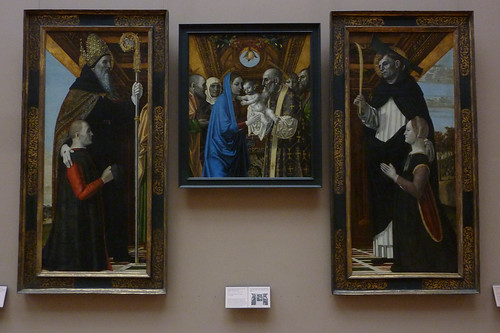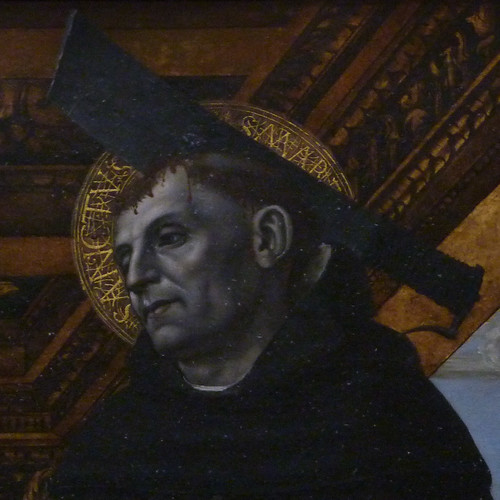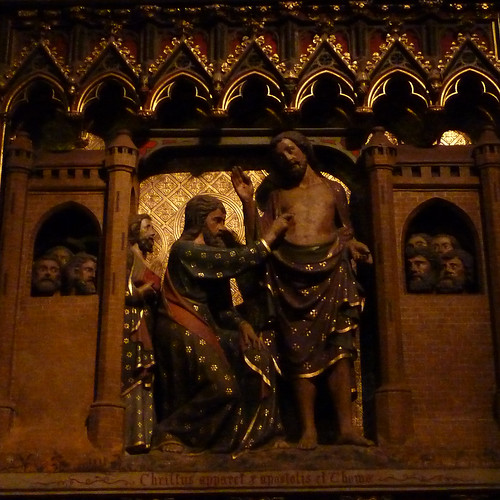Sunday, December 19th, 2010...11:40
Art History
Most travel guidebooks inundate the reader with “must sees”. For example, any book on Paris will mention the Eiffel Tower, perhaps going so far as to say one must travel up the tower (at least to the second level). I don’t think anyone would argue with listing the Eiffel Tower as a Paris “must see”. Many guidebooks will also list the musée du Louvre as a “must see” as well as the “must sees” when visiting it.
The Louvre has about 35,000 pieces of art on display at any given time. Why are those four works of art any more important to experience than others? The short answer is, because someone said so. I’ll pick on the Venus de Milo because IMOHOO it is the least physically interesting piece of the 4 and best exemplifies the, “I said it’s important, therefore it is” situation. As it turns out, the Venus de Milo quickly rose to fame after its discovery in the early part of the 19th century because the French government had a case of sour grapes with regard to the Venus de’ Medici (Napoleon had it shipped from Italy during his reign, but France was coerced into shipping it back after his defeat).
The Venus de’ Medici is a 1st century B.C. Hellenistic copy of a bronze statue by the 4th century B.C. Greek sculptor Praxiteles. He had a distinct creative style, and the French government attempted to attribute the Venus de Milo to Praxiteles by conveniently “losing” the original plinth. It’s now known that the Venus de Milo is also a 1st century B.C. sculpture, in the Praxitelean style (though not a copy of an original). Even Renoir thought it was a bunch of rubbish, denouncing it as a “big gendarme” (gendarme being a French word for a piece of rock on a mountain ridge).
So there you have it, the Venus de Milo emulates a style created 300 years earlier by a Greek sculptor, which the French government wanted the world to think was important, and Renoir thought was lame. Apparently that constitutes a “must see” work of art.
Now it’s my turn. I was recently in Paris and here’s a “must see” work of art you won’t find in any guidebook; it’s by Ambrogio da Fossano:
It’s a fragment from the center of an altarpiece, split into three separate panels. Let’s take a closer look at the panel on the right portraying Peter of Verona, or at this point in time, Saint Peter Martyr:
It’s not every day one comes across a painting of a man with a cleaver falchion bisecting his head, blood dripping down his forehead!
This leads me to another macabre bit of art found in another “must see” Paris attraction, Notre Dame. While the guidebooks ooh and ahh about the gargoyles or stained glass rose windows, none of them clue you in on this little treasure. After entering the cathedral walk about 2/3s of the way down the right side and then look up and to your left. You’ll see a carving of Jesus appearing to Thomas the Apostle.
If you’re unfamiliar with the story as I was, Thomas doubted (origin of the term “Doubting Thomas”) the resurrection of Jesus and asked to touch Jesus’ wounds before he believed. those other men cheekily looking on are the other apostles. I never understood the scene in the middle of R.E.M.’s Losing My Religion video:
but now it all makes sense.




Comments are closed.